China advances toward tech independence with new homegrown 6nm gaming and AI GPUs — Lisuan 7G106 runs Chinese AAA titles at 4K over 70 FPS and matches RTX 4060 in synthetic benchmarks
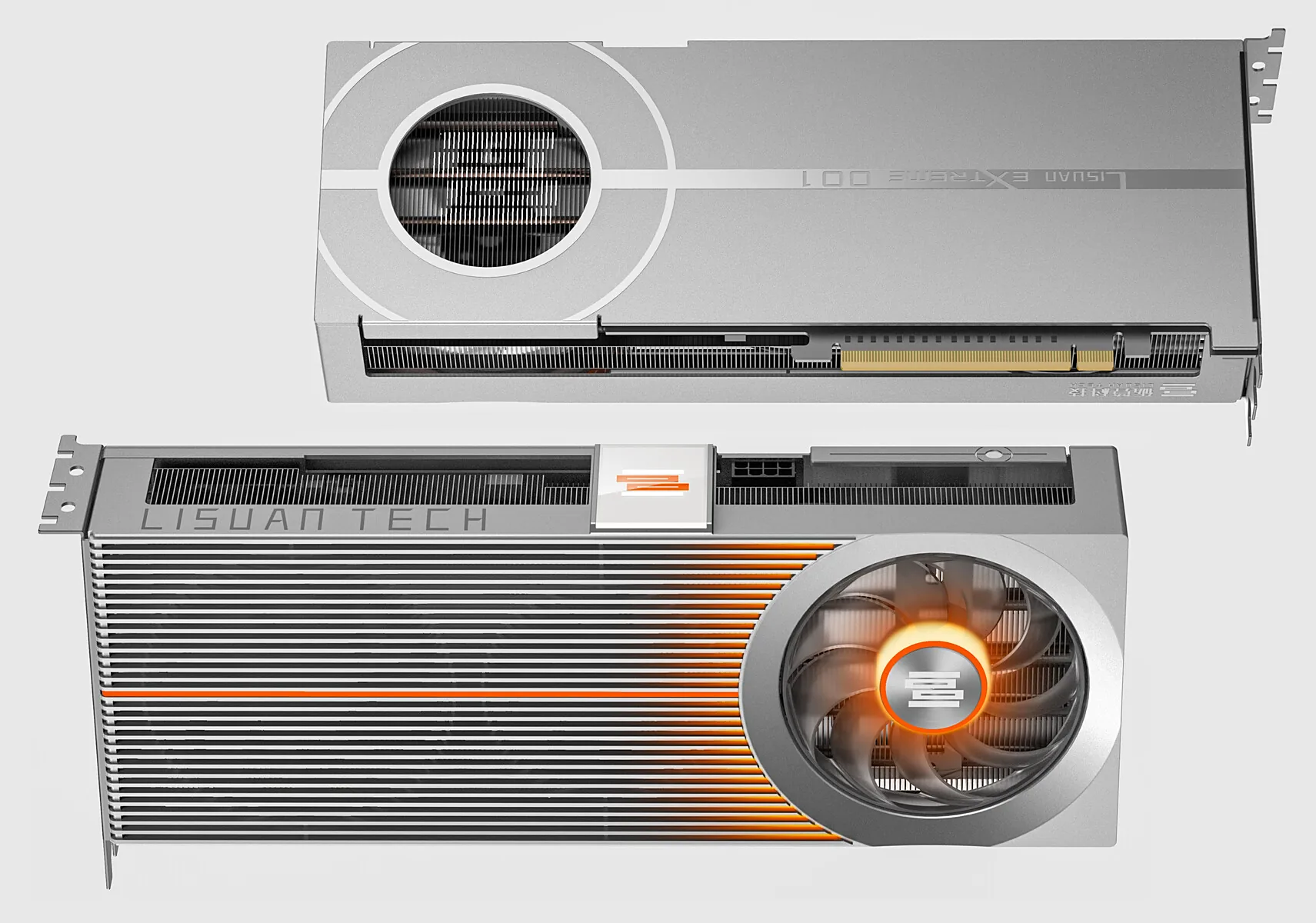
As ITHome reported, China is pushing its domestic GPU efforts into uncharted territory with Lisuan Tech's first consumer and professional graphics cards, the 7G106 and 7G105.
Built on TSMC's 6nm N6 process, the 7G106 and 7G105 are powered by the company's in-house TrueGPU architecture and aim to compete directly with mid-range offerings from Nvidia and AMD. While the spotlight is on gaming performance, Lisuan is positioning these chips as multi-purpose accelerators for AI, cloud rendering, and even metaverse applications.
The consumer-focused 7G106 features 12 GB of GDDR6 memory on a 192-bit bus, 192 texture units, 96 ROPs, and an FP32 throughput of up to 24 TFLOP/s. It features four DisplayPort 1.4 outputs with DSC 1.2b compression and supports DirectX 12 (minus ray tracing), Vulkan 1.3, OpenGL 4.6, and OpenCL 3.0. Its single 8-pin PCIe connector also suggests a TDP of around 225W.
On the other hand, the professional 7G105 doubles memory to 24 GB with ECC, offering up to 192 GB/s of pixel fill rate, 384 GB/s of texture fill rate, and the same 24 TFLOP/s compute ceiling. Both cards include hardware-accelerated AV1 and HEVC decode up to 8K60 and encode capabilities at 8K30 for HEVC and 4K30 for AV1.
Lisuan 7G106 and 7G105 Specifications
Specification | Lisuan 7G106 (Gaming) | Lisuan 7G105 (Professional/AI) |
|---|---|---|
GPU Architecture | TrueGPU (G100) | TrueGPU (G100) |
Process Node | TSMC N6 (6nm DUV) | TSMC N6 (6nm DUV) |
Compute Performance | Up to 24 TFLOPs (FP32), INT8 support | Up to 24 TFLOPs (FP32), INT8 support |
Texture Units (TMUs) | 192 | 192 |
Raster Units (ROPs) | 96 | 96 |
Memory | 12 GB GDDR6 | 24 GB GDDR6 (ECC) |
Memory Bus | 192-bit | 192-bit |
Memory Bandwidth | TBD (depends on final clocks) | TBD (depends on final clocks) |
Video Encode | AV1 (4K @ 30 FPS), HEVC (8K @ 30 FPS) | AV1 (4K @ 30 FPS), HEVC (8K @ 30 FPS) |
Video Decode | AV1 & HEVC (up to 8K @ 60 FPS) | AV1 & HEVC (up to 8K @ 60 FPS) |
API Support | DirectX 12, Vulkan 1.3, OpenGL 4.6, OpenCL 3.0 | DirectX 12, Vulkan 1.3, OpenGL 4.6, OpenCL 3.0 |
PCIe Interface | PCIe 4.0 x16 | PCIe 4.0 x16 |
Display Outputs | 4 × DisplayPort 1.4 (DSC 1.2b, up to 8K60) | 4 × DisplayPort 1.4 (DSC 1.2b, up to 8K60) |
Power Connector | 1 × 8-pin (225 W max implied) | 1 × 8-pin (225 W max implied) |
vGPU / SR-IOV Support | Up to 16 virtual GPUs | Up to 16 virtual GPUs |
What sets Lisuan apart from past Chinese GPU attempts is its claim of building the TrueGPU architecture from scratch, including the instruction set, compute core, and software stack. The company touts "intelligent multitasking" with up to 48 concurrent tasks, out-of-order triangle rendering for 50% faster efficiency in certain scenes, and dual FP32/INT32 instruction emission.
There’s also a unique matrix memory layout designed to boost memory efficiency by 40%, along with dynamic load balancing that distributes rendering and compute tasks across cores in real time. Lisuan even claims NRSS, a proprietary rendering quality optimization system designed to rival Nvidia DLSS and AMD FSR.
Benchmark results paint a mixed but promising picture. In synthetic tests, the 7G106 scored 26,800 points in 3DMark Fire Strike and 2,256 in Steel Nomad, putting it roughly on par with Nvidia's RTX 4060 in Fire Strike. Geekbench 6 OpenCL saw it notch 111,290 points, edging out the RTX 4060 by around 10%.
Get Tom's Hardware's best news and in-depth reviews, straight to your inbox.
Gaming demos were equally noteworthy: Black Myth: Wukong and Wuchang: Fallen Feathers both ran at over 70 FPS in 4K High settings, while Shadow of the Tomb Raider topped 80 FPS under similar conditions. High-profile titles like these running on a GPU architecture in its infancy paint a very positive picture for the platform's stability, more so than raw performance numbers.
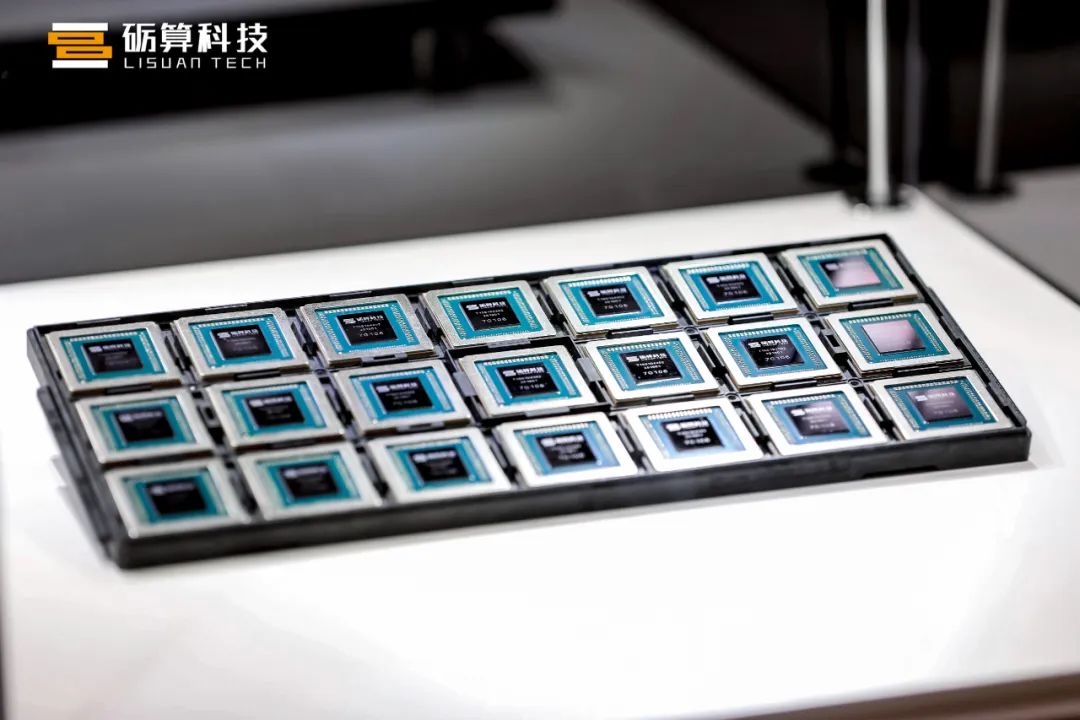
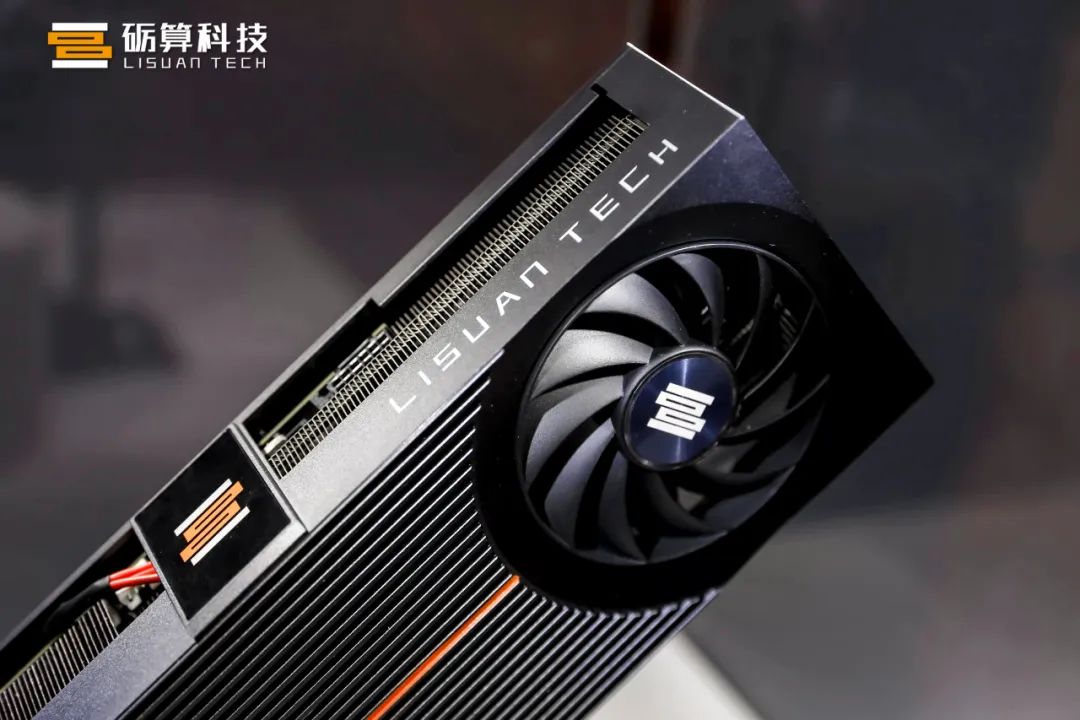
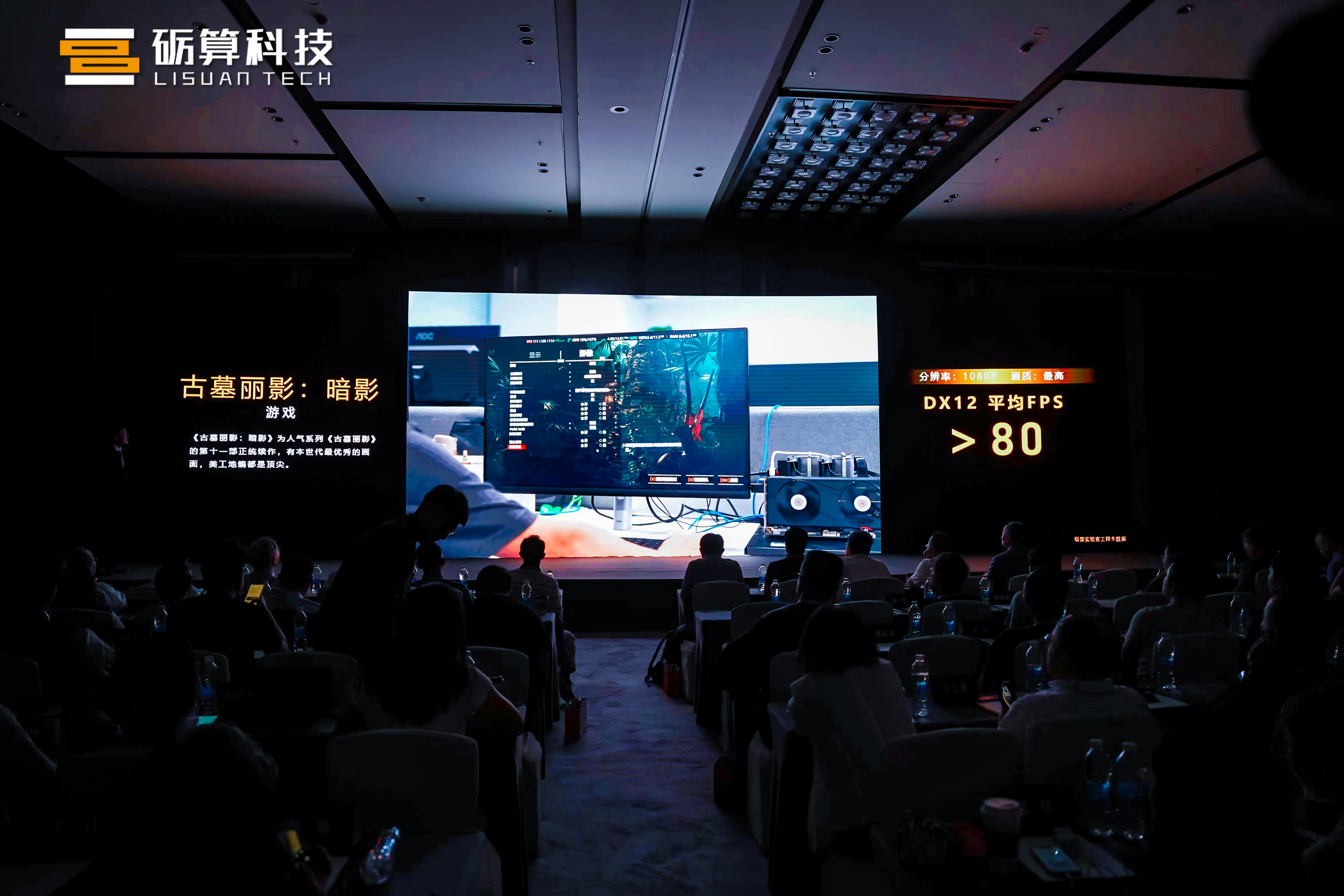
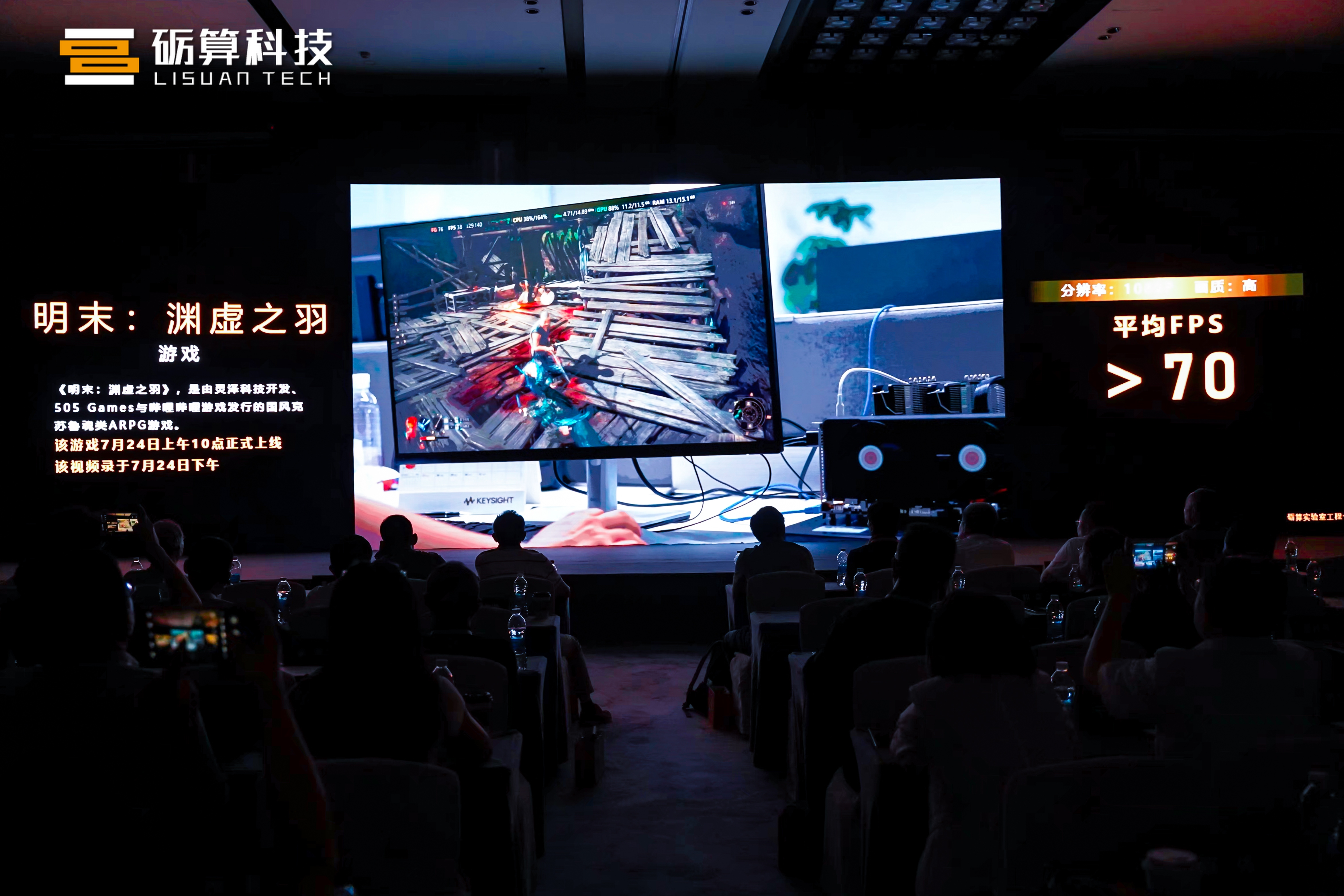
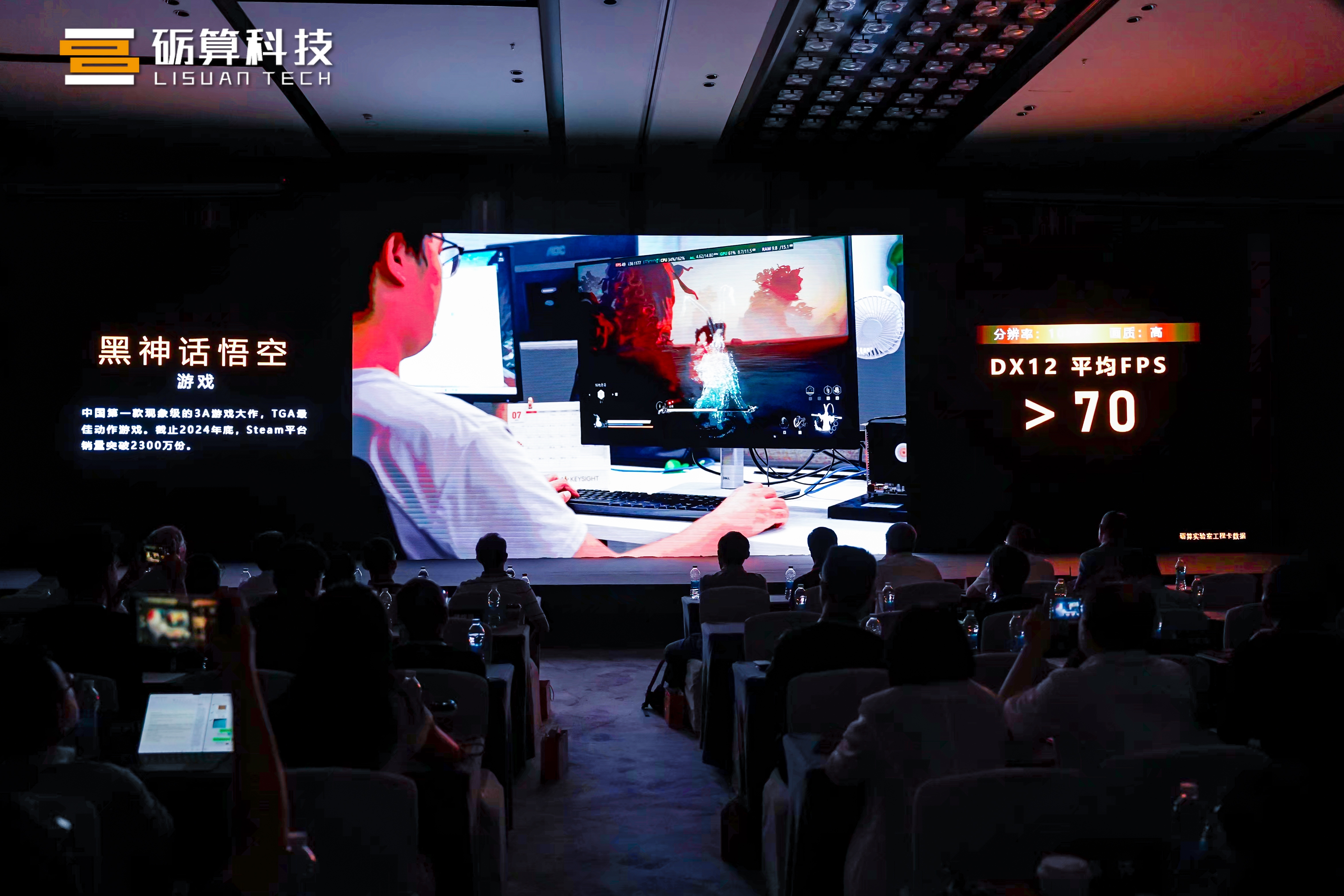
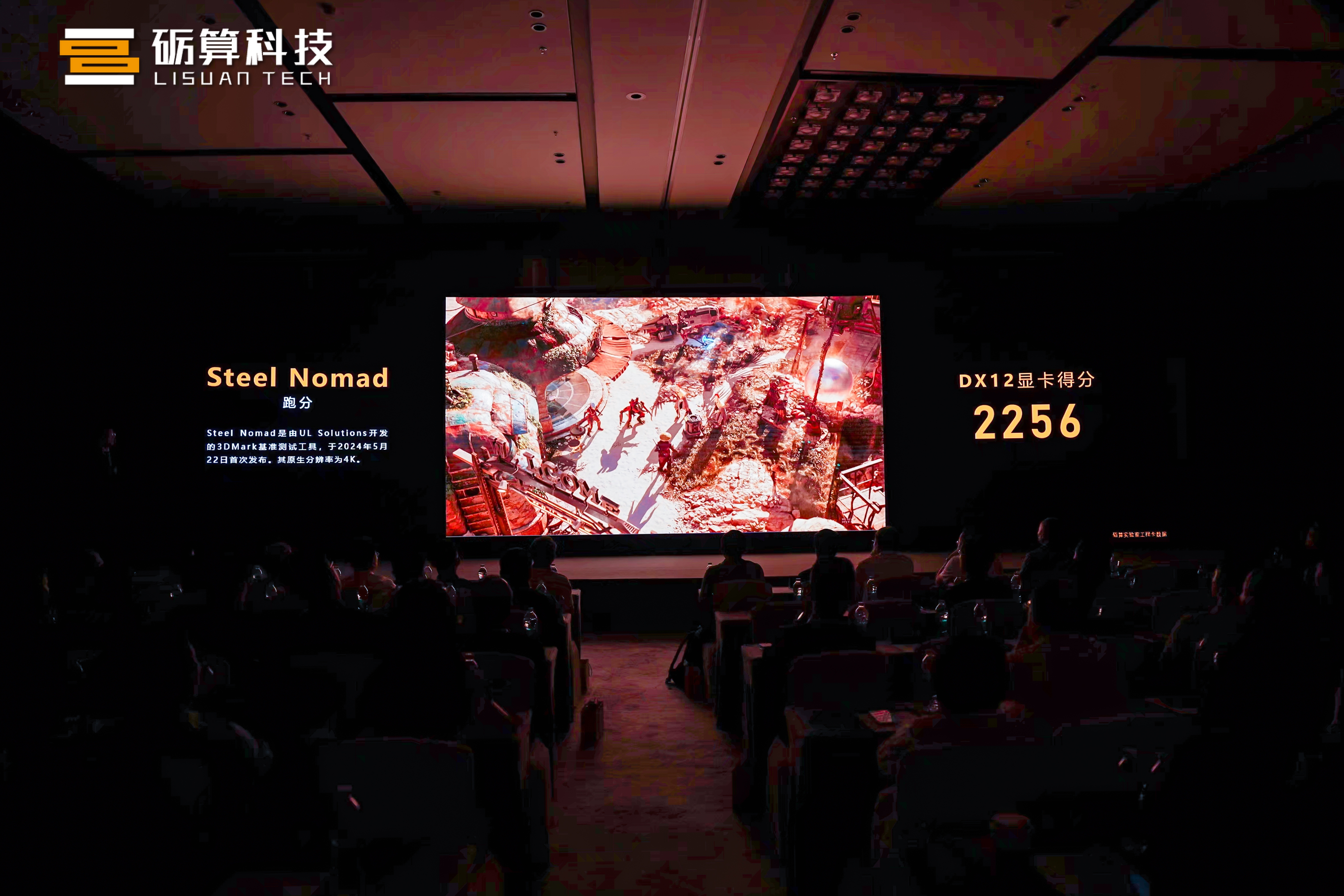
The 7G105 professional variant leans heavily on AI and enterprise markets, supporting SR-IOV virtualization with up to 16 containers. Lisuan highlights its applicability for cloud gaming, digital twins, virtual reality, and even robotics. The company claims its eXtreme series cards are ready to handle large AI models such as DeepSeek and Wenshengtu, extending their utility beyond traditional PC gaming.
Lisuan's announcement marks a new phase for China's domestic GPU ambitions. While past efforts, such as Zhaoxin's integrated solutions and Moore Threads' early discrete GPUs, struggled to break into the mainstream, Lisuan's 6nm designs represent a bold attempt to close the gap with global players. If its claims of architectural independence and performance parity hold up under independent testing, this could be the first time a Chinese GPU maker truly competes with AMD and Nvidia in the discrete GPU space.
Mass production of the Lisuan 7G106 and 7G105 is expected to begin in September 2025, following sampling in August. Pricing and final clock speeds are yet to be announced. Still, Lisuan’s domestic-first strategy could make these cards a viable alternative for Chinese gamers and enterprises facing rising costs and export restrictions.
Follow Tom's Hardware on Google News to get our up-to-date news, analysis, and reviews in your feeds. Make sure to click the Follow button.

Hassam Nasir is a die-hard hardware enthusiast with years of experience as a tech editor and writer, focusing on detailed CPU comparisons and general hardware news. When he’s not working, you’ll find him bending tubes for his ever-evolving custom water-loop gaming rig or benchmarking the latest CPUs and GPUs just for fun.
-
jlake3 I'm curious to see if it is really, truly built from absolute scratch, or if it's forked from some other family of graphics IP. I feel like either Innosilicon or Moore Threads made that claim at one point, but ended up actually using an Imagination-derived design. Even Apple's design seems to take heavy inspiration from Imagination, with both the PowerVR designs they used to license and the in-house designs they use now both making a big deal of "Tile-Based Differed Rendering ".Reply
Getting a PowerVR-derived architecture running well in Windows would still be quite a feat... one that seems a bit more plausible than busting out a new instruction set, core, driver stack, etc. completely from scratch and getting it to the point of a midrange gaming product in the ~4 years they've been at this. -
blppt Replyjlake3 said:Even Apple's design seems to take heavy inspiration from Imagination, with both the PowerVR designs they used to license and the in-house designs they use now both making a big deal of "Tile-Based Differed Rendering ".
Somebody told me a while ago when I was musing that we needed a PowerVR-style efficiency breakthrough (given how much wattage GPUs are using now) that for some reason it was very tough to do that type of rendering with hardware T&L which is why nobody used PowerVR stuff after hardware T&L GPUs took over the market entirely. I don't know anywheres near enough about rendering pipelines to dispute that. -
Geef I totally support another contender for graphics cards... As long as they allow third party benchmarks before release.Reply
Certain groups are known for not doing that for their products. -
jlake3 Reply
I’m out at the limits of my own understanding, but based on what I read while trying to get some insight into Apple’s GPUs, it sounded like TBDR can sometimes struggle with situations where some tiles are just absolutely stuffed with polygons? The impression I came away with was that even if it was an efficient technique, it hit a ceiling where extracting more performance became much harder at a point where other methods could keep scaling more easily, which was why they lost the desktop market.blppt said:Somebody told me a while ago when I was musing that we needed a PowerVR-style efficiency breakthrough (given how much wattage GPUs are using now) that for some reason it was very tough to do that type of rendering with hardware T&L which is why nobody used PowerVR stuff after hardware T&L GPUs took over the market entirely. I don't know anywheres near enough about rendering pipelines to dispute that.
It also sounded like Nvidia, AMD, and Intel all borrowed some concepts and techniques from tile-based rendering and implemented them in the parts of their pipeline where it made sense a number of years ago, so I’m not sure how much of an efficiency breakthrough is possible? Nvidia supposedly did some tweaking in the raster part of the pipeline inspired by tile-based techniques with Maxwell that was part of the big efficiency bump there, although I’m seeing some dispute over if it really counts as “tile based” or not… and the people who say it does count never use the word “differed”. That seems to be exclusively used to describe PowerVR/Apple, and there might be some further performance ceiling versus efficiency trading there? -
Constellar These cards have improved drivers, sure. But part of the performance increase came from adding more hardware at the problem. 225w seems excessive, but in light of the 6nm node (think 2021 tech), 225w seems underreported if the other stats are anywhere near what's stated.Reply
So it's going to be hard to justify going with these cards rather than current Nvidia or AMD offerings, especially since the cards haven't been proven game compatibility.
Realistically, this is just a massive chip with dated IP and full of flaws from IMG, which couldn't compete even with the RX 6600/3060.
Once again, China products fails, despite massive infusions from their government. Kinda like how their EUV attempts have been an embarrassment despite billions of yuan thrown at the problem.